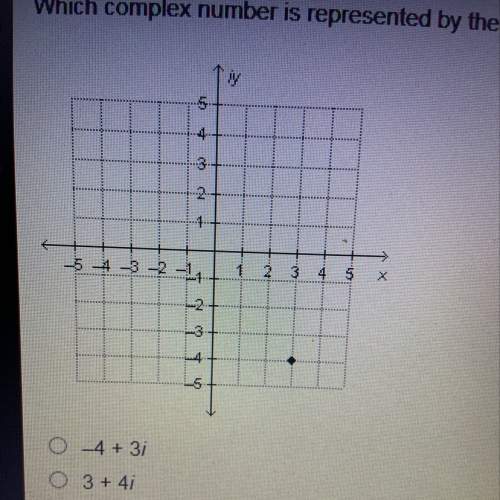
Mathematics, 15.11.2020 06:00, tanashaw16
A local radio station conducted a survey about stay-at-home parents by randomly dialing home numbers on weekdays until responses from 500 adults were collected. Twenty-six percent of those who responded said they were stay-at-home parents. In reality, only four percent were actually stay-at-home parents at the time of the survey. Which of the following best explains the difference in the two percentages?
A. The difference is due to voluntary response. Adults are able to volunteer as members of the sample.
B. The difference is due to undercoverage bias. The survey included only adults with telephones.
C. The difference is due to response bias. Adults who are stay-at-home parents are likely to say they are employed outside the home.
D. The difference is due to sampling variability. We should not expect the results of a random sample to match the truth about the population every time.
E. The difference is due to nonresponse bias. Adults who are stay-at-home parents are more likely to be available for the sample than adults who are employed outside the home.

Answers: 2
Other questions on the subject: Mathematics

Mathematics, 21.06.2019 17:00, Zykuko
Asays "we are both knaves" and b says nothing. exercises 24–31 relate to inhabitants of an island on which there are three kinds of people: knights who always tell the truth, knaves who always lie, and spies (called normals by smullyan [sm78]) who can either lie or tell the truth. you encounter three people, a, b, and c. you know one of these people is a knight, one is a knave, and one is a spy. each of the three people knows the type of person each of other two is. for each of these situations, if possible, determine whether there is a unique solution and determine who the knave, knight, and spy are. when there is no unique solution, list all possible solutions or state that there are no solutions. 24. a says "c is the knave," b says, "a is the knight," and c says "i am the spy."
Answers: 2

Mathematics, 21.06.2019 22:00, HistoryLee
You are standing next to a really big circular lake. you want to measure the diameter of the lake, but you don't want to have to swim across with a measuring tape! you decide to walk around the perimeter of the lake and measure its circumference, and find that it's 400\pi\text{ m}400? m. what is the diameter dd of the lake?
Answers: 3


Do you know the correct answer?
A local radio station conducted a survey about stay-at-home parents by randomly dialing home numbers...
Questions in other subjects:


English, 22.07.2019 20:00


English, 22.07.2019 20:00


Mathematics, 22.07.2019 20:00


History, 22.07.2019 20:00








